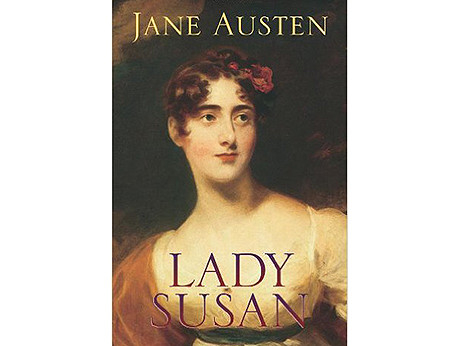
When I saw a review by Peter Bradshaw for the new film Love and Friendship based on Lady Susan by Jane Austen, I was intrigued as he rarely gives a film five stars. I really like Jane Austen so I want to see the film, but before I see it, I decided that I must read it.
Lady Susan is the shortest and least known novel of Austen’s and was written in 1794 but not published until 1875 after her death.
It is about the horrible flirt Lady Susan Vernon, a widow in her thirties who has an affair with a married man. After her husband’s death she stays with her brother and his family and soon enchants the handsome, friendly but idealistic Reginald de Courcy, who is her brother-in-law.
He has heard of her reputation and before he meets her describes her as the “most accomplished coquette in England” but soon repeals this view. This shocks his family as they cannot bear him to marry an awful flirt.
Lady Susan is also a dreadful mother as she has a 16-year-old daughter called Frederica who is shy, kind and gentle but has been neglected and bullied by her mother. When Frederica refuses to marry Sir James, she sends her daughter to boarding school as a punishment. For the late 1700s I conclude that she was at an age seen to be too old for education.
After this she plans to force her daughter to marry Sir James. However Frederica, unable to bear the thought of being made to marry Sir James, tries to run away.
She is caught and goes to stay with Lady Susan’s brother, whose family adore her. They are much kinder to her than Lady Susan but Lady Susan still tries to make her marry Sir James. Frederica soon falls for Reginald, who does not return her feelings as he is so besotted with Lady Susan. However after some explanation as to what Lady Susan is really like he begins to fall out of love with her and (spoiler alert!) Lady Susan ironically marries Sir James.
It is hinted at the end that Reginald will marry Frederica and that she lives with her uncle and his family, therefore escaping her mother’s control.
I like this novel because it has elements of later novels - Lady Susan is very like the witty coquettish Mary Crawford in Mansfield Park. Reginald is also similar in a way to Edmund Bertram, who is not as na-ve as Reginald but still loves a totally suitable woman.
Frederica is much like Fanny Price, the heroine of Mansfield Park, who loves Edmund but is not aware of her love for him and only loves him as a brother although he is her cousin. She also has the same shy personality but is slightly older and more sensible and she would never run away.
I also like the other qualities of narrative technique that she uses as it is written in letters and the use of different narrative voices was very new at the time. However, the story is not very well developed as Jane Austen was said to be learning to write at the time and was only 18. She wrote Pride and Pride as Prejudice a year later.
The characters like Frederica, for example, are not well developed and I would have liked to see more letters from her as there is only one.
Also the ending was a bit rushed and not well concluded. It would have been nice to have more development of Lady Susan’s idea of marrying Sir James. Overall however I would give it 3.5 stars as it is a light, but serious read with Don Juan Lady Susan, as Claire Tomalin compares her to in her Jane Austen: A life biography. However it is a bit too short and a slightly rushed.
— Guardian News & Media Ltd.









